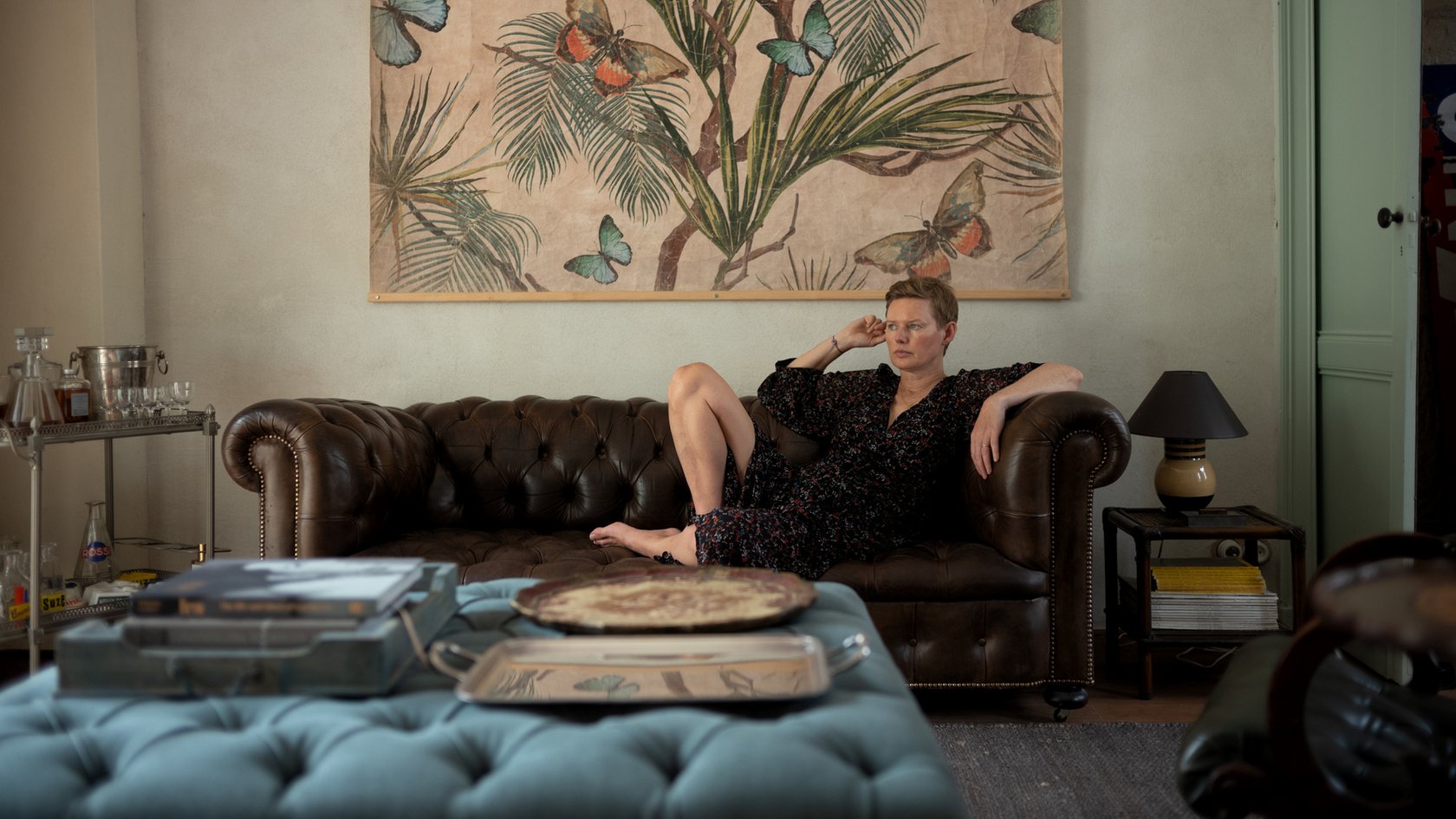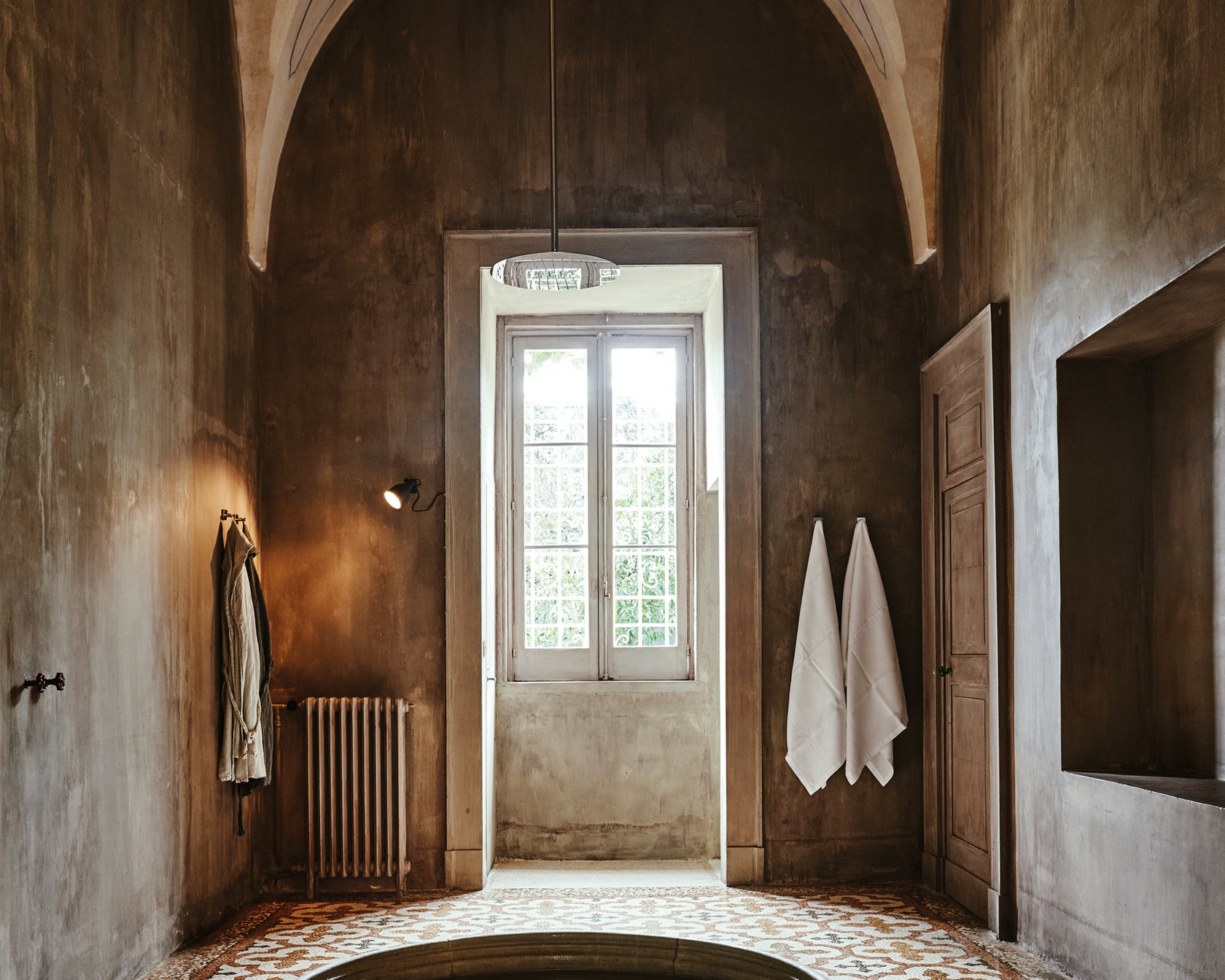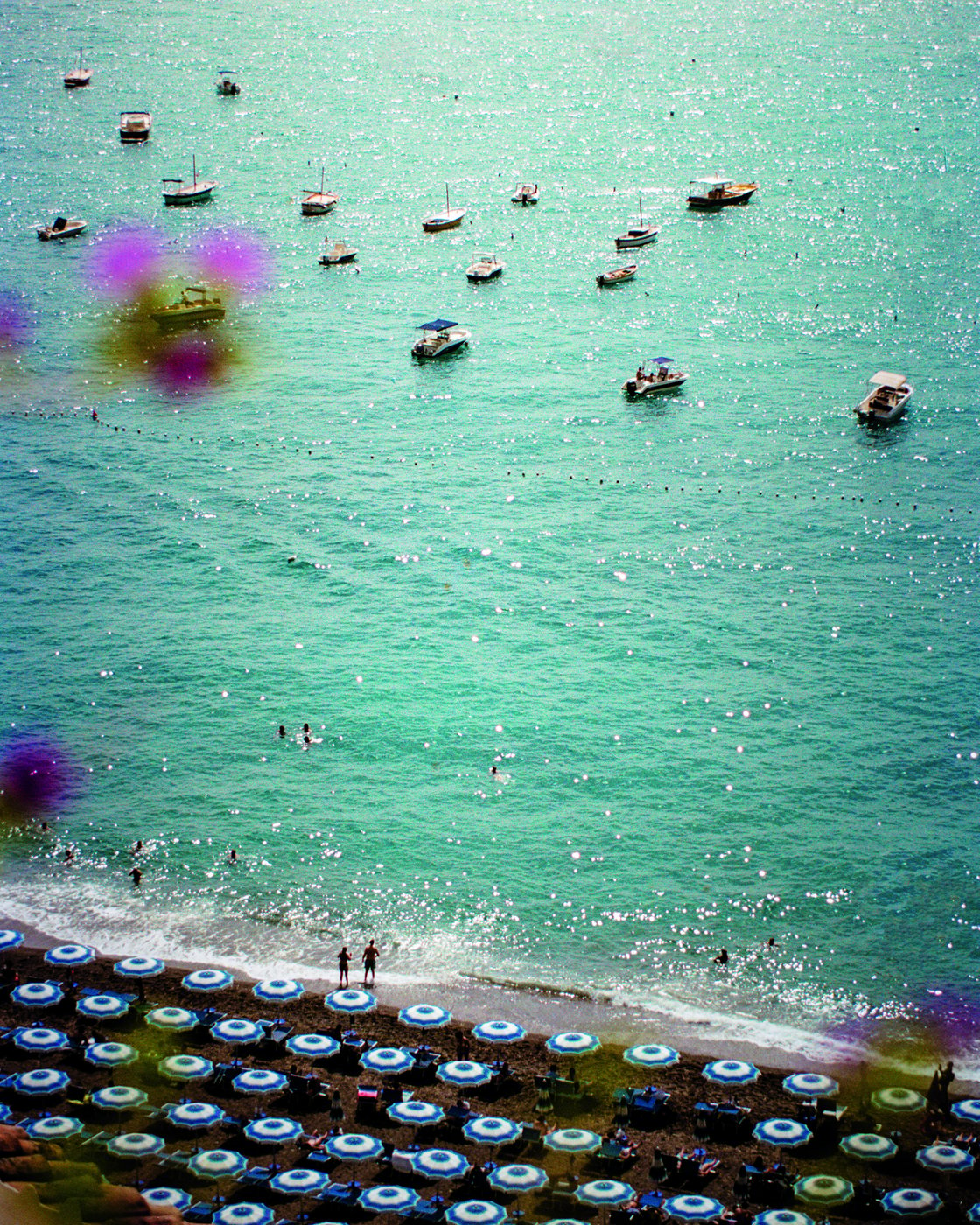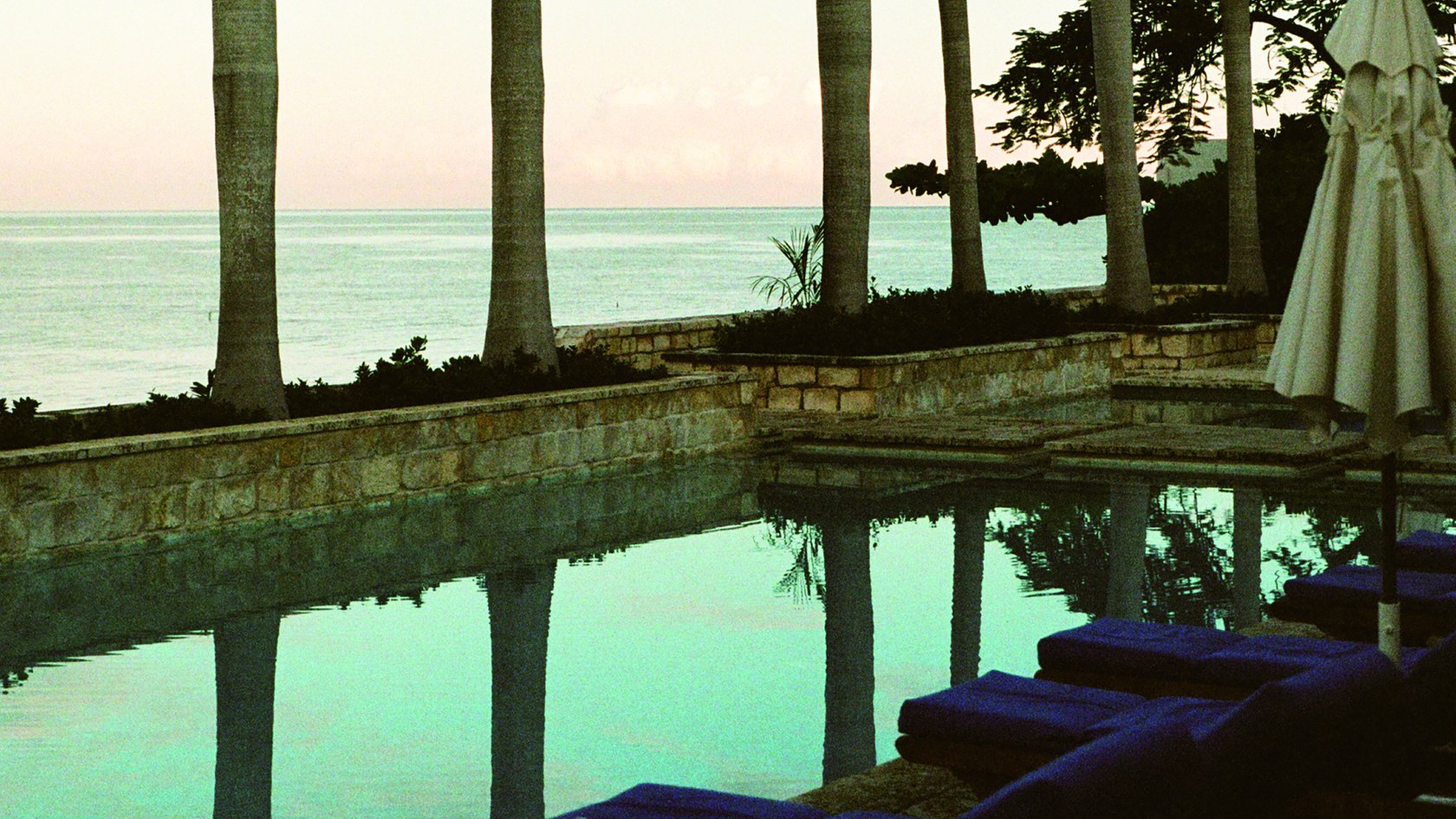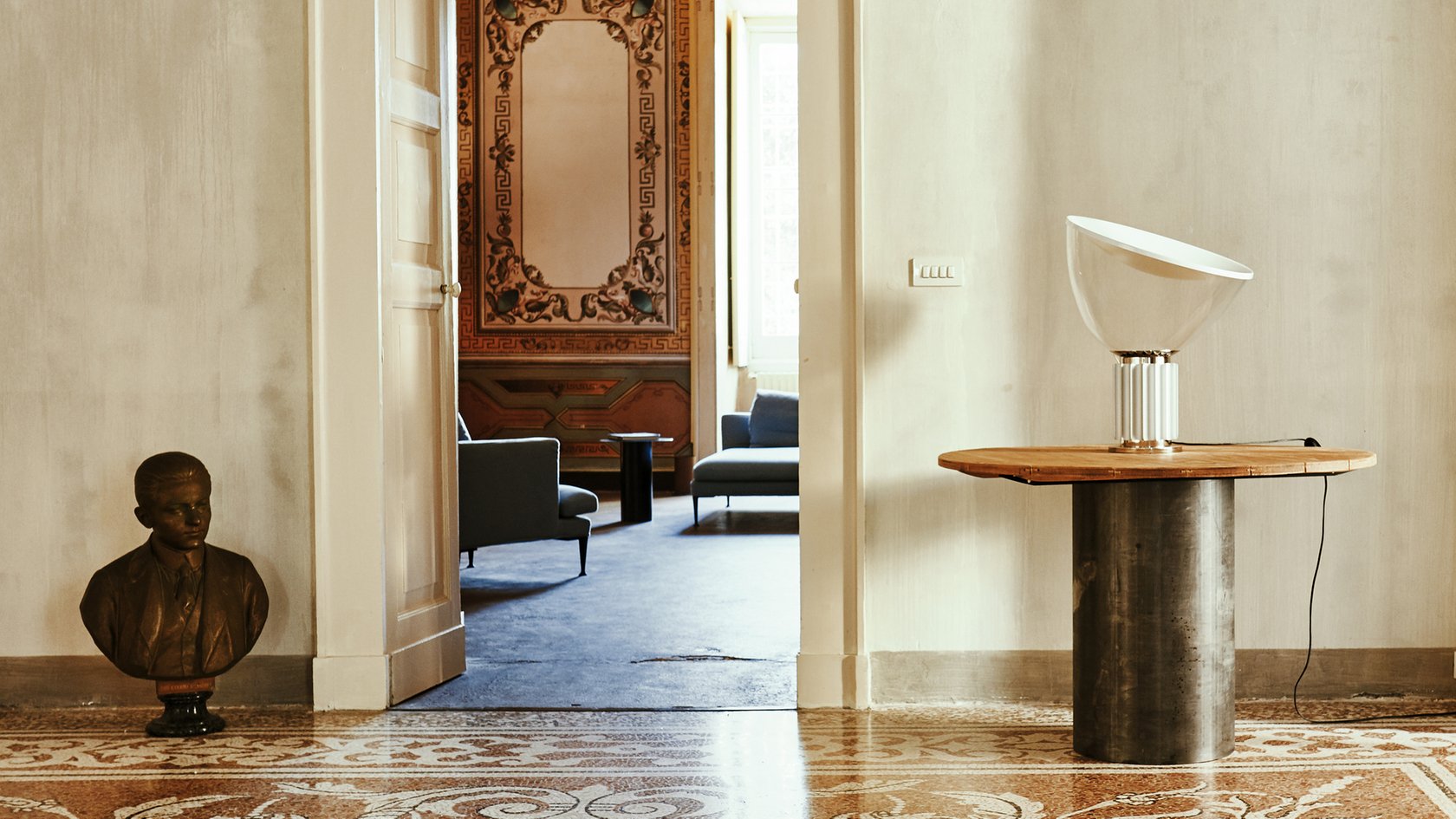You do what for many people is a dream job. How does somebody cut their teeth as a travel journalist?
I started at Condé Nast Traveller in New York in the 1990s. It was one of my first jobs. I was the junior kid on the team in the photo department. I didn’t really know anything about photography or travel at that point, but I knew what I liked and I learnt a lot on the job because I did all the photographer portfolio meetings in person. This was pre-internet; there were no websites. Photographers would drop off their portfolios on a Wednesday, and come and pick them back up and meet with us on a Friday. At that time, we shot with the bigwigs – Helmut Newton, David LaChapelle, Philip-Lorca diCorcia. I met with the younger photographers trying to crack into the magazine, which was notoriously hard. I’d sit with them and ask them to tell me about the places they had photographed – what they were actually like in real life.
How did it feel to end up as Creative Director at Condé Nast Traveller?
I was frequently frustrated because it was still a traditional set-up, when I knew what amazing stories there were out there that were left untold. I developed my own way of interviewing photographers when they’d come back from their assignments, and then writing the stories of their experiences. I didn’t care so much for beautiful writing – I chased great stories. As money drains out of publishing, and there’s less budget to send writers everywhere, my unusual method has become more popular. Photographers can be interviewed and we can turn that into something beautiful.
Tell me why you launched Yolo and how it sits in the market?
I launched Yolo to celebrate travel in a more holistic way. By this time I knew a lot of photographers, and I knew they had huge bodies of work that were unpublished. If we commissioned someone to shoot somewhere, we’d publish a fraction of what they had captured during their trip. Yolo is about the mood of travel, not the industry of tourism. It has a suggestive, rather than prescriptive approach, which we hope is more compelling. There’s an opportunity with digital and print together to create something that feels alive, not just recorded or documented. We are all still learning how digital media can enhance the experience of travel. It’s an ongoing, constantly evolving landscape that I find exciting.
